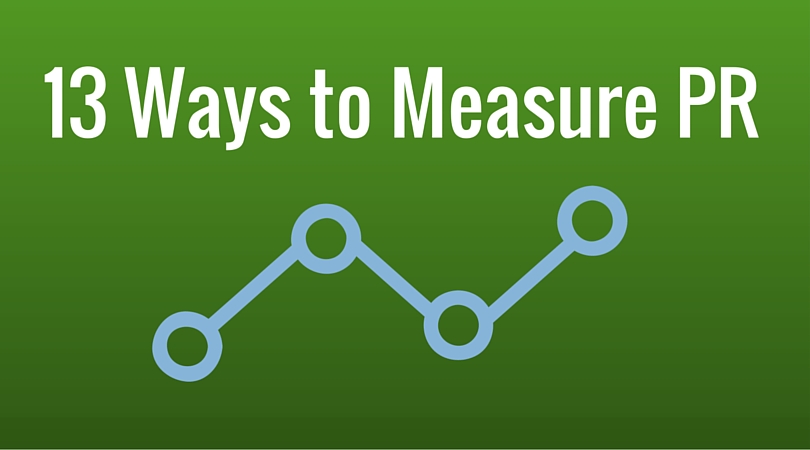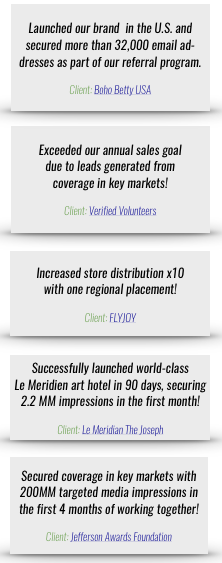 I often get asked how to measure PR, especially when working with startups or brands who have been burned by a PR agency. It’s a great question and one that the PR industry itself has been trying to answer for years.
I often get asked how to measure PR, especially when working with startups or brands who have been burned by a PR agency. It’s a great question and one that the PR industry itself has been trying to answer for years.
The truth is, public relations should not be solely responsible for sales or lead generation. While PR can and often does increase sales and build leads, it can be difficult to track exactly how someone heard about a product or service before purchasing. This is especially true considering it typically takes multiple brand exposures before a decision to purchase is made.
Although tools like Google analytics, e-commerce and promotion codes provide a number of tangible opportunities to measure PR, its ability to increase awareness and enhance other marketing and sales efforts comes with a wealth of added value.
So, Can We Measure PR?
While the “ground swell” effect of PR can be difficult to measure, there are still an abundance of opportunities for PR measurement beyond media impressions and advertising equivalencies. PR results can and should be measured. The expectation of measurement that more clearly translates to sales and leads is increasing, and it’s essential that PR professionals have proper measurement in place tailored to the brands with which they are partnering.
As a brand, and as a business owner, it can be incredibly discouraging and frustrating to have inconsistent reporting and unclear results from a PR partner.
Sometimes, this is a fine balance of over communicating as an agency to our clients to ensure that they understand exactly what we can and cannot measure and that expectations are understood by both parties. This keeps everyone on the same page and helps prevent miscommunication and unrealistic expectations on either side.
Tangible Examples of How to Measure PR
As an agency, we typically find that PR measurement can be evaluated in a variety of ways dependent on whether you are working with a product, service, brand or individual. Here are some examples of how we most often measure PR for our clients:
- Generate Awareness
- Build Leads
- Increase Sales





